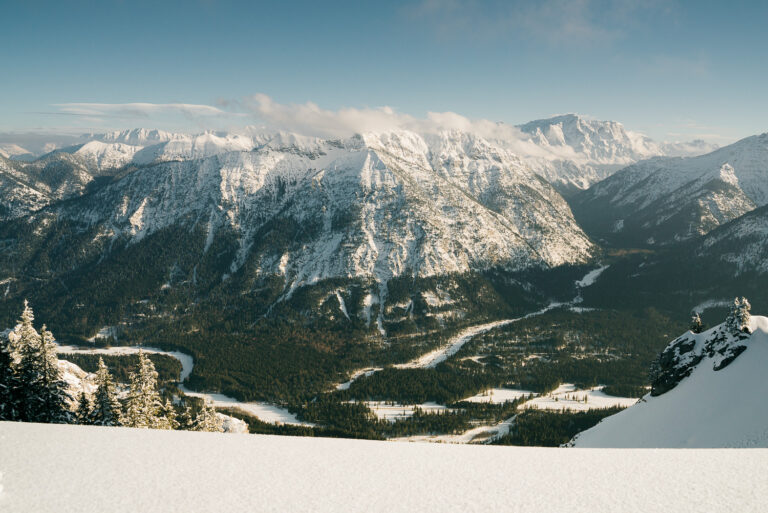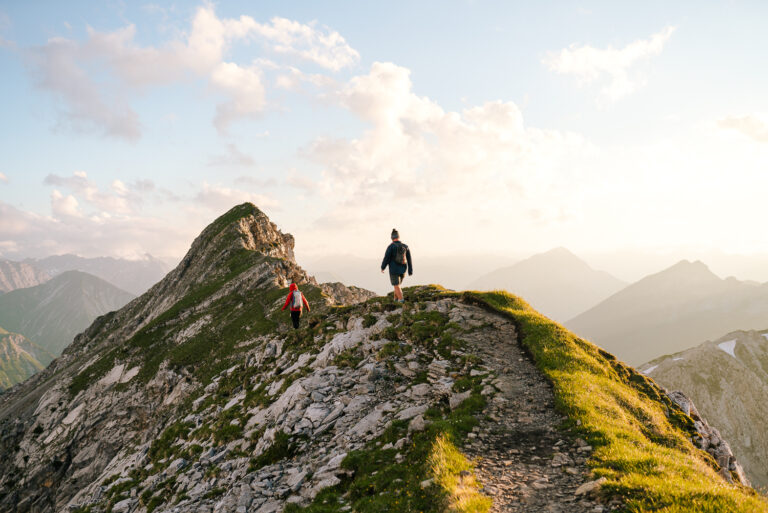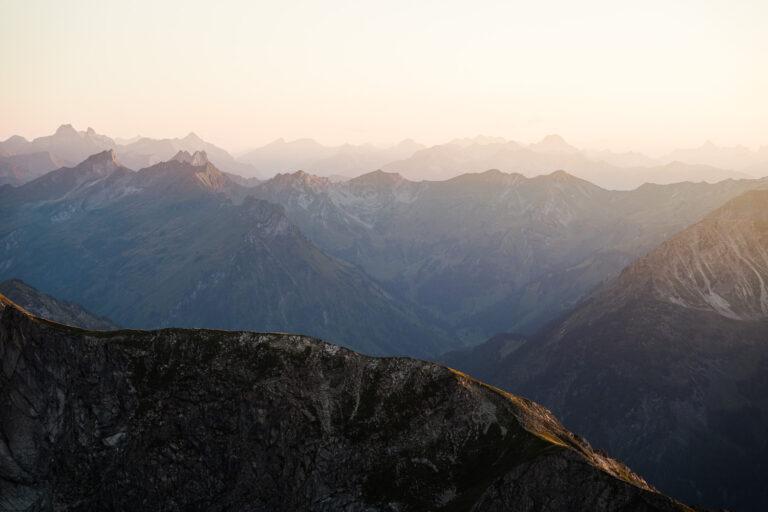The Top 6 Hiking Gear Mistakes I Made as a Beginner
Over the last eight years, I’ve tackled literally hundreds of trails, studied recreation management, and worked numerous jobs in the outdoor recreation industry. Through these experiences, I’ve learned a lot about adventuring outdoors. Some lessons were harder than others. Here are the top six hiking gear mistakes I made as a beginner, and how you can avoid them!

Purchasing too many outdoor gear accessories
When I first began purchasing hiking and backpacking equipment, there were so many shiny things on display at REI and online. It’s easy to get distracted by the comfortable camp chairs, fancy outdoor cookware, and massive first aid kits. While some of these items may be right for you, don’t feel like you need to buy them all. I’ve found that many of my early outdoor gear accessories now sit in a box, unused. I would have saved so much money if I’d stuck to a simple setup (like DIYing a first aid kit), instead of purchasing numerous heavy, fun-looking pieces of equipment.
Overpacking
Going along with the point above, I was a serious over-packer (and still sometimes struggle). The first multi-day trip I went on consisted of 3 nights/4 days in Switzerland. I brought a whopping 31 kg (70 lb) pack. No joke, I had packed multiple dinners for each night because I was so worried about being hungry (and was trying to avoid the pricey Swiss grocery stores). Ten minutes after stepping off the train in the sweltering heat, I broke down crying on the side of the road because I knew I couldn’t carry my pack. In the end, my friend and I re-evaluated our plans and where we’d stay each night to make things more manageable. #lessonlearned
Now, among many packing tweaks, I cut down on weight by sticking to easy, freeze-dried food, and tend to wear a single outfit for 3+ days (hurrah Merino wool).

Wearing an ill-fitting pack
During the first couple of years of my outdoor pursuits, I wore an ill-fitting backpacking pack, and it was the bane of my existence. I’ve owned plenty of cheap day packs (I still occasionally use an Ozark Trail pack from Walmart that I got 7 years ago), but for overnight trips, purchasing a pack that fits correctly is a *must*. I recommend going to an outdoor equipment store and trying on various packs. Some stores will have weighted items you can place inside to get a better feel for the backpack. If you want tips on how to properly fit a backpack, you can also check out this video from REI.
Buying cheap, poorly ventilated rain gear
Cheap, poorly ventilated rain gear won’t keep you dry. Not only will you get soaked from the outside, but you’ll be drenched on the inside too, due to sweating. If you hike in environments that receive frequent precipitation, high-quality rain gear is worth the splurge. As tempting as a $15 rain suit may be, trust me, you’ll regret it later (#truestory).

Assuming hiking boots were always the best footwear choice
When I started hiking, I immediately went out and bought some heavy, high-ankle, waterproof boots. Despite being waterproof, they took a long time to dry out, my feet regularly blistered, and I was battling plantar fasciitis. Simply put, my feet were always hurting. I tried out a variety of hiking boots from various brands, but still ran into similar issues over the course of a few years. Three years ago, my husband and I decided to ditch our hiking boots and switch to Altra Lone Peak shoes. Since switching to this lightweight trail shoe, so many of my previous problems have disappeared! I can’t remember the last time I’ve gotten a blister, and my plantar fasciitis rarely flares up. I’ve gone through three pairs, and can’t imagine going back to wearing traditional hiking books on the regular.
Purchasing Clothing That Doesn’t Layer Well
Layering is key to staying comfortable, warm, and dry while outside. One part of that equation is buying the right layers (base layers, mid-layers, and outer layers). You can check out a helpful guide to layering here. The second part of the equation is making sure that your layers can fit over each other properly. When purchasing down and synthetic mid-layers, rain and wind jackets, or soft and hard shell coats, make sure to buy them large enough that they can be worn comfortably over your other pieces of attire. I often find that I need to size up my outer layers.
Want More Hiking Inspiration and Tips?
If you want more hiking tips and inspiration, follow along on Instagram @madudesinthemountains.





